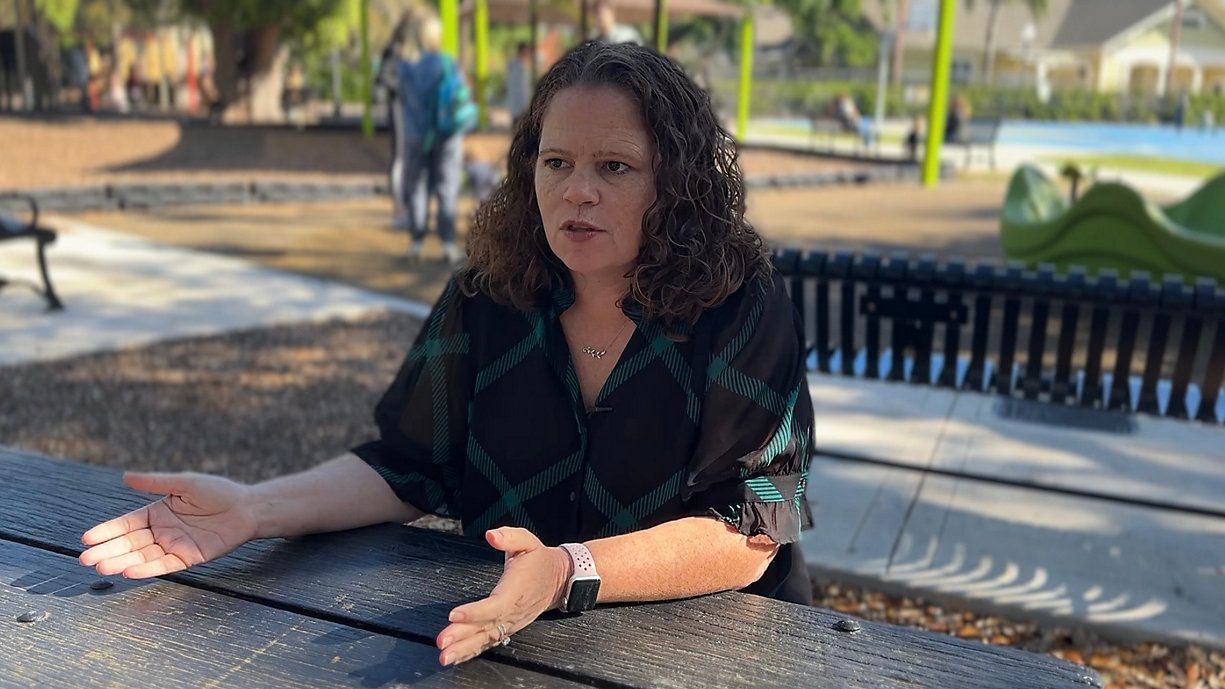PORT CANAVERAL, Fla. — Thanks to the growing commercial space industry and its potential to bring more than 500 launches every year to the Space Coast by 2053, a $2 billion expansion has been proposed for Port Canaveral.
What You Need To Know
- A feasibility report was released Thursday as part of the Florida Spaceport System Maritime Intermodal Transportation Study
- The report indicates that the commercial space industry is expected to grow exponentially over the next 50 years, going from 72 launches in 2023 to more than 1,000 by 2073
- To accommodate the growth, the report proposed a $2 billion expansion of Port Canaveral
The proposal was released Thursday as part of the feasibility phase of the Florida Spaceport System Maritime Intermodal Transportation Study.
The proposed expansion — which would include more than 9,000 linear feet of dedicated wharf space — would accommodate not just SpaceX, United Launch Alliance, and soon Blue Origin, but the many future launch providers expected to call the Space Coast home in the coming decades.
Officials say they want to hit the ground running now. There were 72 launches from the Space Coast in 2023, but by 2053, the report predicts there will be 571 launches per year, and 1,252 by 2073.
Space X is leading the way with reusing rockets for future missions, but they will soon get company, and lots of it.
Blue Origin, Firefly, Relativity and Vaya, plus ULA and its new heavy lift Vulcan rocket will all need spots in Port Canaveral.
“This is something that has been coming for a while now,” Space Florida President and CEO Rob Long said. “It really speaks to the demand signal that’s coming from industry, overall from the launch providers.”
According to the report, Space Florida is proposing a $2 billion wharf expansion along the Banana River and Cape Canaveral Space Force Station.
It would require a lot of changes, like adapting the middle turning basin, taking down Space Force buildings, including the Sands Space History Center, which would move to another location, and realigning State Road 401.
The port plays a vital role in post-launch recovery operations, but to meet the growing demand, Long said Port Canaveral needs to grow.
“With maritime recovery becoming a large part of the launch cycle, from liftoff to recovery, it just became clear to the stakeholders that kicked this off a little more than a year ago, it was a stressor and constraint,” he said.
Even if this bold project moves forward, Port Canaveral still has an issue: limited land space.
The companies who gave input in the study said they need from 5 to 15 acres to accommodate large cranes and equipment necessary for their operations.
Officials said funding for the project would most likely come from federal, state and industry partners.
“If we deal through it now, we can accommodate and work through smartly into the future,” Long said.
The next step in the process is an environmental analysis, and gathering input from other Florida seaports on how they could support the space industry.
“We appreciate Space Florida taking on this study and support the comprehensive effort to address the industry’s growing maritime needs,” Port Canaveral CEO Capt. John Murray said. “We look forward to continued collaboration with federal and state partners to realize solutions to ensure the industry’s continued success.”









